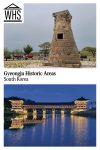Gyeongju Historic Areas
By Anne Sutherland-Smith
What are the Gyeongju Historic Areas?
This UNESCO site consists of five areas within the historic city of Gyeongju in South Korea. While the UNESCO designation consists of five locations, most tourists will visit only the Wolsong Belt and Tumuli Park Belt sections. The three other sections are on the outskirts of Gyeongju.
Disclosure: This article contains affiliate links. Making a purchase through an affiliate link will mean a small commission for this website. This will not affect your price. Privacy policy.
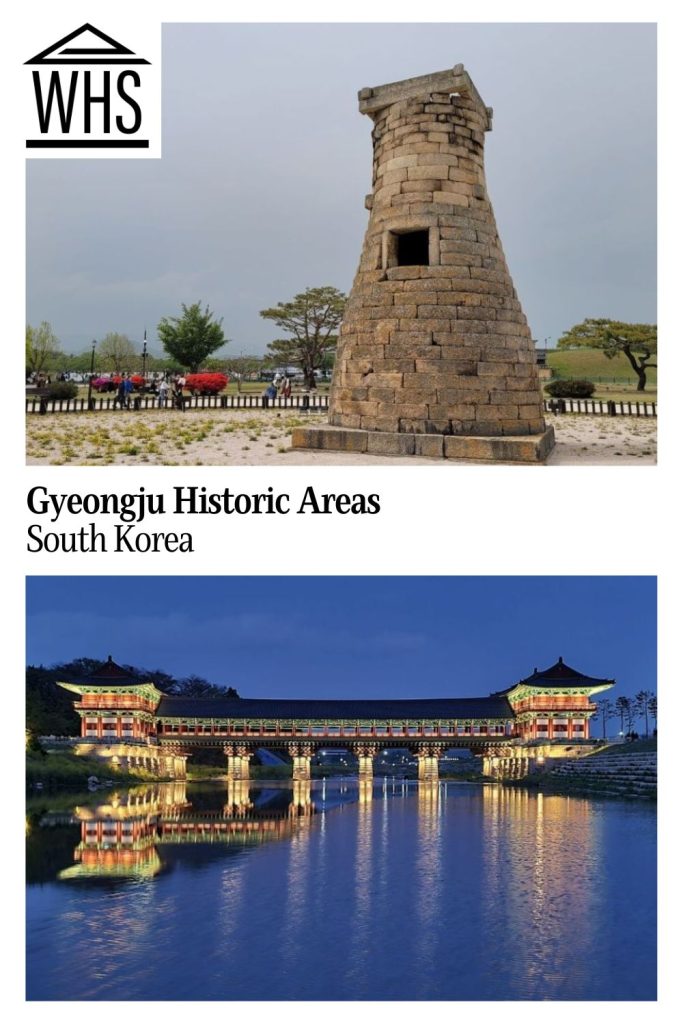
Inside the historic areas you can see amazing historic features including Cheomseongdae Observatory, many Buddhist temple relics and royal tomb mounds both in Tumuli Park and in many other locations across Gyeongju.
The five areas of the UNESCO site are:
- The Mount Namsan Belt, north of the city, has ruins of dozens of temples, statues, pagodas and stone lanterns, as well as tombs and a fortress.
- The Wolseong Belt has the ruined Wolseong palace, Gyerim woodland, Anapji pond and Cheomseongdae Observatory.
- The Tumuli Park Belt has three sets of royal tombs.
- The Hwangnyongsa Belt contains two Buddhist temples, Bunhwangsa Temple and its pagoda from 634 CE. It also has the ruins of Hwangnyongsa Temple, the biggest temple ever built in Korea.
- The Sanseong Belt includes defensive structures and Myeonghwal Mountain Fortress.
The Gyeongju National Museum contains the history of the Silla culture, including artifacts such as golden crowns, jewelry, weaponry and many more exhibits.
Of note is that all of the ancient palaces, fortresses, bridges and other buildings from the Silla Dynasty in Gyeongju were destroyed as a result of invasions by later Korean kingdoms, the 13th-century Mongol invasion and the Japanese occupation in the 16th century. Therefore, most of what you will see when visiting the historic sites are the results of archaeological digs or are reconstructions.
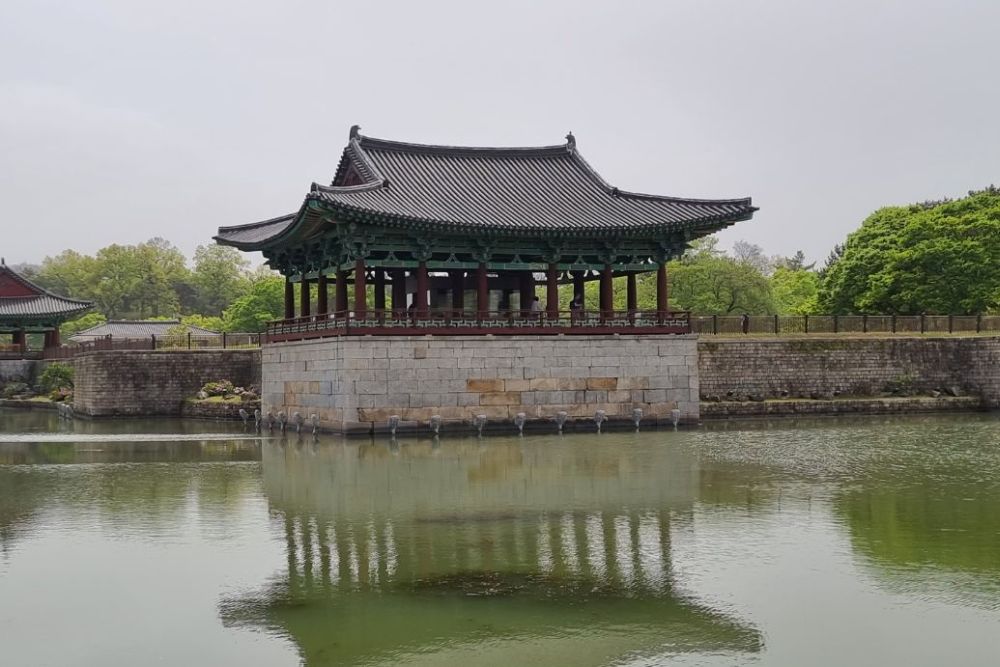
Why are the historic parts of Gyeongju a UNESCO World Heritage site?
From 668 to 935 CE, Gyeongju was the capital of the Silla Dynasty, which ruled over the whole Korean Peninsula from 57 BCE to 935 CE. At its peak in the 9th century, over one million people lived in Gyeongju.
According to UNESCO’s website, “The Gyeongju Historic Areas contain a remarkable concentration of outstanding examples of Korean Buddhist art, in the form of sculptures, reliefs, pagodas, and the remains of temples and palaces from the flowering, in particular between the 7th and 10th centuries, of this form of unique artistic expression.” These works of art testify to the cultural achievements of the Silla dynasty.
At the same time, the site is significant in terms of the development of Buddhism in Korea and the development of Korean architecture.
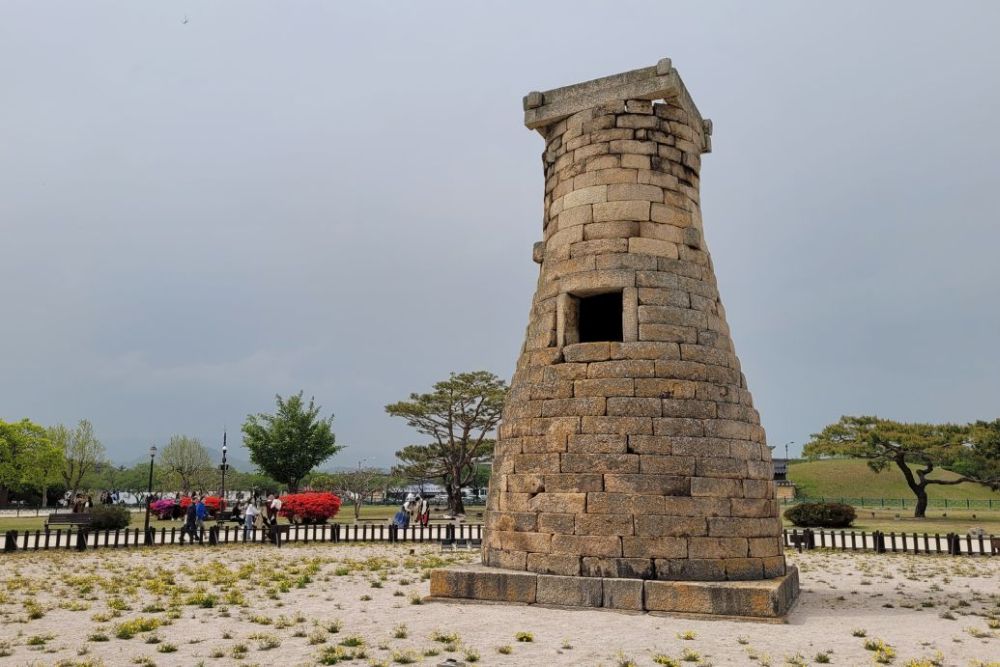
What can you expect on a visit to the Gyeongju Historic Areas?
Plan to take a full day to explore the Gyeongju Historic Area. I recommend starting your visit at the Gyeongju National Museum to learn more about the Silla Dynasty. Allow 2-3 hours for your visit. We missed visiting the museum on our first visit to Gyeongju, so it was a must-see for our second visit. Visiting it first definitely made us much more aware of the context of the historic attractions throughout the area.
From Gyeongju National Museum, you can walk the route first to the remains of Donggung ‘party’ palace and Wolji Pond. The site offers a beautiful walk around the pond to see the view and remains of the palace and the reconstructed pavilions. Allow 1-2 hours to explore at a relaxed pace.
From there, walk across the road and follow the signs to walk past the Wolseong Palace excavations to find Seokbinggo, the stone ice storage chamber – you can look through the gate to see and feel the cool air rising from this chamber. Follow the ridgeline pathway to see lovely views down onto the flat parklands and Cheomseongdae Observatory. Descend the path to see the ancient 13th century observatory, which is the oldest surviving astronomical observatory in eastern Asia.
If you’re rather take a guided tour, click on one of the images below:
A great option for a late lunch is to walk west from Cheomseongdae Observatory to Cheomseong-ro Street, head slightly south to the Starbucks and turn right. Walk along Poseok-ro street to find many local food options.
Then walk back to the entry to the Daereungwon Tomb Complex, also known as Tumuli Park. Here you can walk around the five ancient royal tomb mounds and take in the serenity of the site. At the northern end of the site, you can enter the Cheonmachong Tomb, which was excavated in the 1970’s. Many artifacts from the excavation are on display at the Gyeongju National Museum.
Next, walk south to the Gyeongju Gyochon Traditional Village to see Gyeongju Hyanggyo traditional school and Choe’s Old House. Then walk to the recently reconstructed Woljeong Bridge. You can walk across the bridge from north to south. Walk along the river and re-cross using the fun stepping stones.
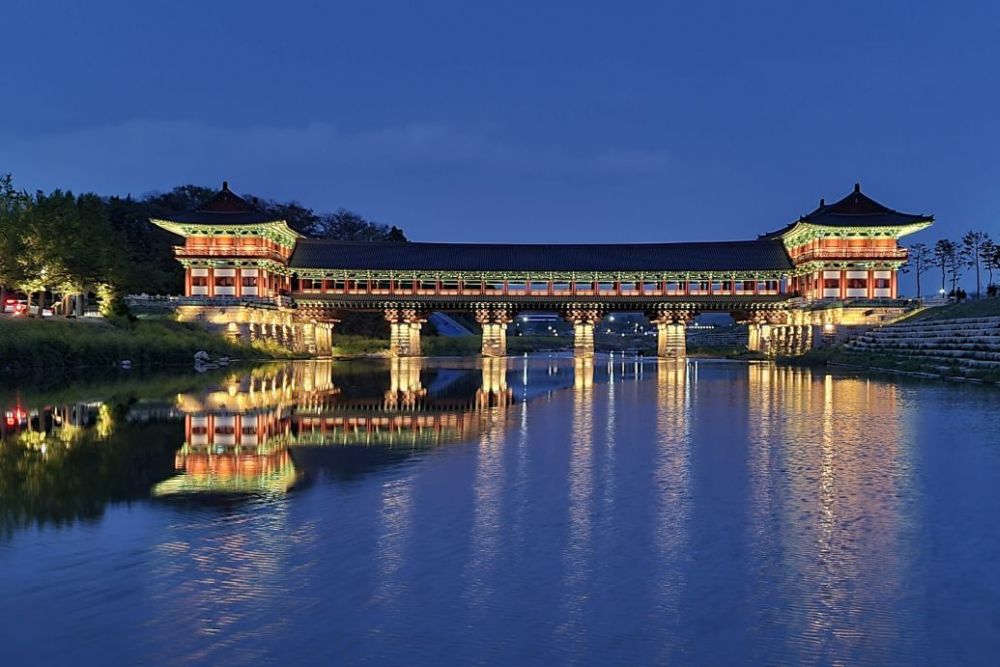
Take the path northeast to visit Gyerim Forest, a pleasant walk through the dense woodlands. According to legend, the Gyerim Forest is where Alji, the founder of the Gyeongju Royal Kim Clan, was found in a golden box hanging from a tree. After the forest you can walk back to Cheomseongdae Observatory.
It is also a great option to plan to walk the main route from Donggung Palace to Cheomseongdae Observatory at night. It is all beautifully illuminated and a pleasant walk.
Are the Gyeongju Historic Areas worth visiting?
Absolutely. They provide a unique experience of the Korean peninsula’s history. I would definitely recommend that you include Gyeongju as part of your itinerary when visiting South Korea.
What sorts of travelers would like the Gyeongju Historic Areas?
Almost anyone visiting South Korea will find the Gyeongju Historic Area a fascinating place to visit and to learn about the Silla history of South Korea.
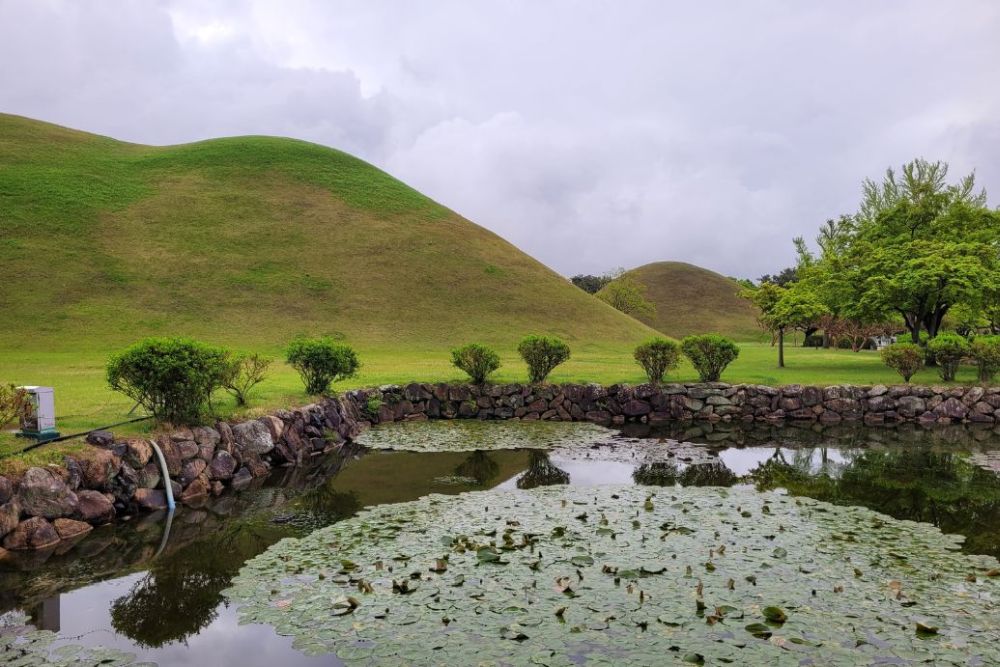
Tips for visiting the Gyeongju Historic Area
You should plan at least one full day, but I would definitely recommend visiting Gyeongju for at least two full days, as there are additional UNESCO World Heritage attractions nearby such as Seokguram Grotto and Bulguksa Temple and the historic village of Yangdong which will take more time to visit.
Wear your walking shoes as you will cover a lot of distance across the day.
While there are rental bikes and e-scooters available, we found that many of the apps were not able to be set up for foreign tourists. Instead, use the local buses or cheap taxis to cover the longer legs of the route. You can use a Tmoney tap-on tap-off transport card to easily get around Gyeongju and the rest of South Korea.
Use the map below to choose accommodations:
Where are the Gyeongju Historic Areas?
The Gyeongju Historic Areas are in the central section of the small city of Gyeongju.
By car, Gyeongju is located 330km (220 mi) southeast of Seoul and 92km (57 mi) north of Busan.
By public transportation, take the fast KTX train to Singyeongju Station. It will take about two hours and ten minutes from Seoul Station or a half-hour from Busan Station. From Singyeonju Station, catch the local bus eastwards to central Gyeongju, a trip of 30 minutes.
For more information about the Gyeongju Historic Area, its opening hours and admission fees, see the Visit Korea website.
Have you been to Gyeongju? If so, do you have any additional information or advice about this UNESCO World Heritage site? Please add your comments below!

